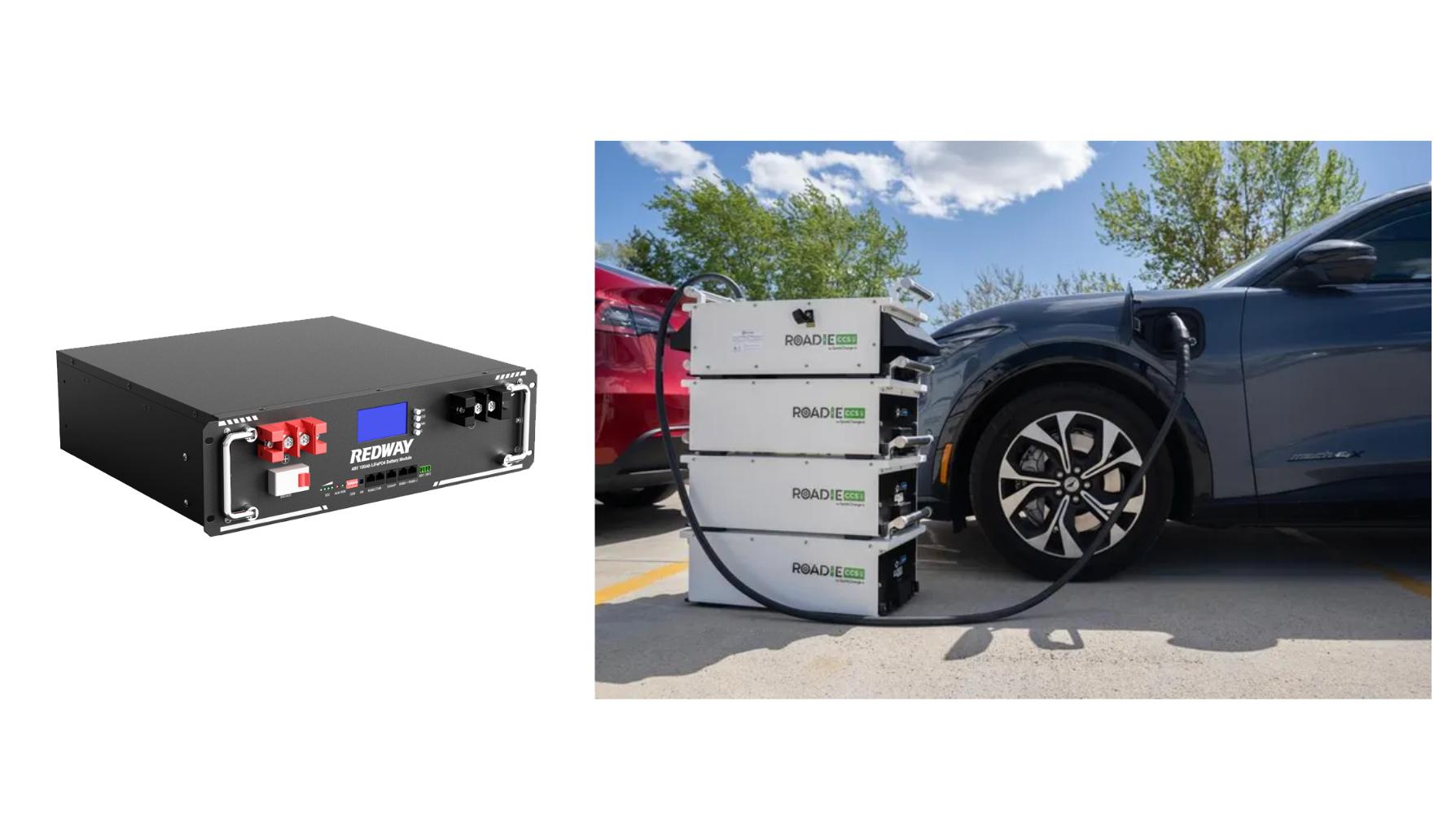Battery-powered EV charging stations store electricity in integrated batteries, enabling off-grid electric vehicle charging. These systems use renewable energy sources like solar panels or draw power during off-peak hours to charge their batteries. They provide flexible, portable charging solutions for remote areas, emergency scenarios, or events where grid access is limited. Ideal for temporary setups or sustainable infrastructure projects.
How Do Battery-Powered EV Charging Stations Differ From Grid-Tied Systems?
Unlike grid-dependent stations, battery-powered units operate independently using stored energy. They eliminate reliance on unstable power grids and reduce demand charges. Grid-tied systems require continuous electrical connectivity, while battery stations prioritize energy resilience. This makes them suitable for disaster recovery, construction sites, or rural EV charging deployments where infrastructure is underdeveloped.
What Are the Key Components of a Battery-Powered Charging Station?
Core components include high-capacity lithium-ion batteries, power management systems, EV connectors (CCS/CHAdeMO/Type 2), and optional solar/wind integration. Advanced models feature smart load balancing, remote monitoring via IoT, and bidirectional charging capabilities. Thermal management systems ensure battery safety, while modular designs allow capacity expansion based on charging demand.
Which Vehicles Are Compatible With Battery-Powered Charging Stations?
Most stations support all EVs using standardized connectors (up to 150 kW DC fast charging). Compatibility extends to Tesla models via adapters. Heavy-duty applications include electric buses, trucks, and mining equipment using modular battery arrays. Stations dynamically adjust voltage (200-1000V) to match vehicle requirements while maintaining ISO 15118 communication protocols.
Why Choose Battery-Powered Stations Over Traditional Charging Infrastructure?
These systems bypass grid upgrade costs, reduce carbon footprint through renewable integration, and enable rapid deployment. They avoid permitting delays associated with permanent installations. For businesses, they serve as temporary charging hubs during parking lot renovations or as overflow capacity during peak events. Military and disaster response teams value their mobility during critical operations.
When Should You Consider Deploying a Battery-Powered Charging Solution?
Opt for battery stations when facing: 1) Prohibitive grid connection fees 2) Temporary charging needs exceeding 6 months 3) Renewable energy prioritization 4) Emergency preparedness plans 5) High electricity demand charges. They’re particularly effective for pop-up EV hubs at festivals, construction vehicle electrification, or as bridge infrastructure during grid modernization projects.
Where Are Battery-Powered EV Chargers Most Effectively Deployed?
Prime locations include: highway rest stops lacking infrastructure, maritime ports for electric ferries, mining sites requiring mobile power, and urban areas with strained grids. They excel in “charging deserts” and regions prone to blackouts. National parks increasingly use solar-battery hybrids to provide eco-friendly charging without disrupting natural landscapes.
Expert Views: Industry Insights on Mobile EV Charging
“Battery buffer stations are revolutionizing fleet electrification,” says Dr. Elena Torres, Redway’s Chief Technology Officer. “Our 500 kWh mobile units have charged 120+ vehicles daily at construction sites, reducing diesel generator use by 90%. The real breakthrough is vehicle-to-station (V2S) technology – electric work trucks now power their own charging hubs during overnight downtimes.”
Conclusion: The Future of Decentralized EV Charging
Battery-powered stations address critical gaps in EV adoption, particularly for commercial and industrial users. As battery densities improve and costs decline, expect wider adoption in smart grid networks. These systems will increasingly pair with vehicle-to-grid (V2G) tech, creating adaptive microgrids that stabilize regional power supplies while accelerating transportation electrification.
FAQs: Battery-Powered EV Charging Stations
- How long do battery stations take to recharge?
8-12 hours via solar, 2-4 hours using grid/DG hybrid charging depending on battery capacity (typically 100-600 kWh). - What’s the lifespan of station batteries?
7-10 years with 80% capacity retention through 4,000+ cycles using LiFePO4 or nickel-rich NMC chemistries. - Can they charge multiple EVs simultaneously?
Yes – advanced units split power dynamically between 4+ connectors, prioritizing charge speed based on vehicle SOC.




